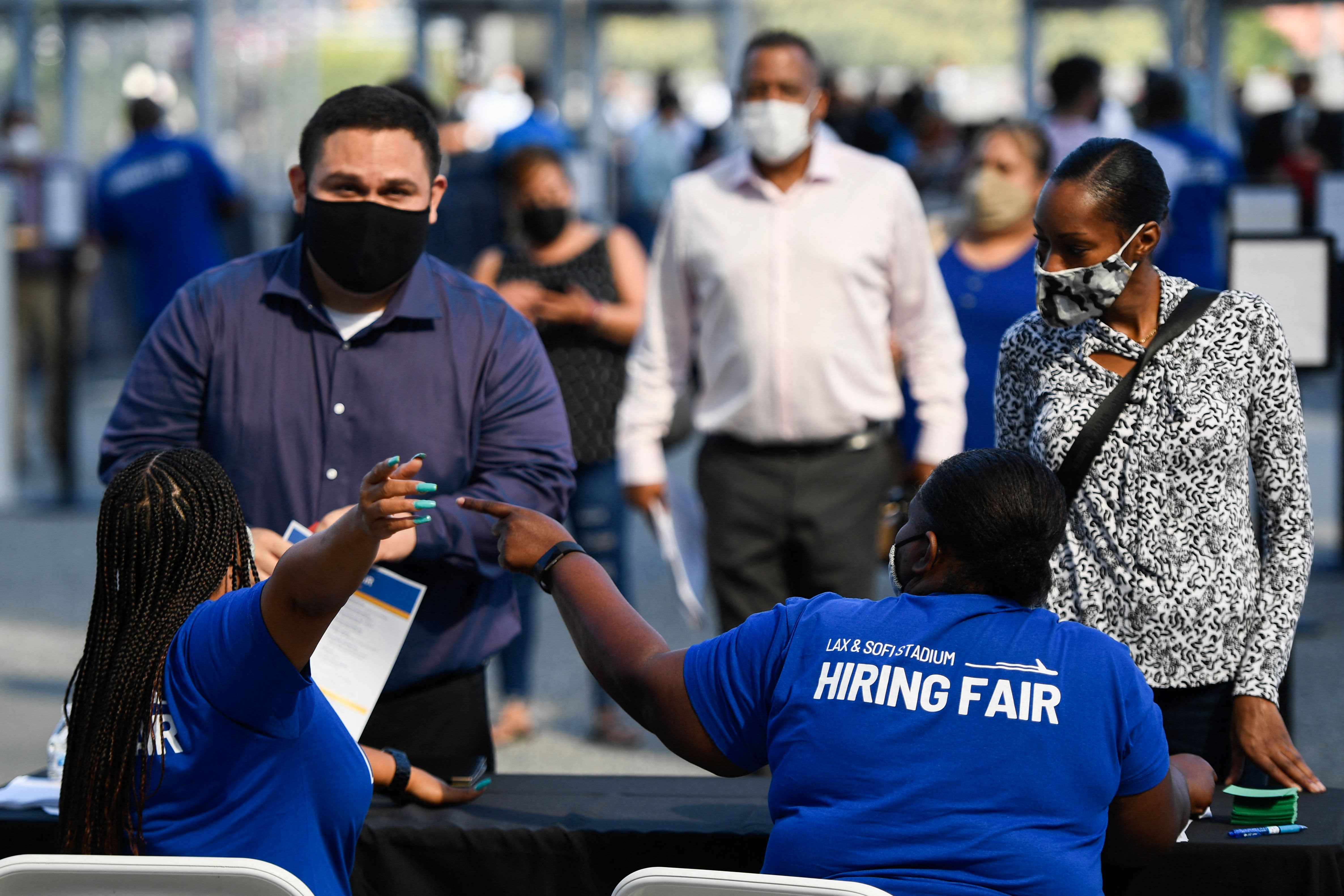The number of Americans collecting unemployment benefits fell by more than half after the Labor Day “cliff,” when federal assistance ended for millions of people.
There were just over 5 million people receiving jobless aid as of Sept. 11 — a roughly 55% cut from the 11.3 million who’d been collecting benefits the week prior, according to federal data published Thursday.
Pandemic-era programs that offered income support to the unemployed lapsed on Labor Day.
More from Personal Finance:
How Biden’s $3.5 trillion economic plan compares to the Great Society and New Deal
Paid family leave could become law
These 8 money moves can help you make up for lost income
At that time, workers like the self-employed, independent contractors and long-term unemployed were no longer eligible for federal benefits through those programs, which had been available since March 2020.
The number of ongoing recipients is likely to fall by millions more in coming weeks, too. The 5 million ongoing recipients as of Sept. 11 includes about 2 million people who, on paper, received federal aid through lapsed programs — a dynamic that reflects processing delays and backdated applications, according to labor experts.
Jobless individuals who remain eligible for state benefits can continue to collect that aid. However, they are getting $300 less per week due to the expiration of a federal benefit supplement.
Congress had extended federal benefit programs in December 2020 and again in March 2021 but opted not to do so a third time due to an improving economy and labor market.
Twenty-six states opted out of the programs early to try to nudge recipients back to work. However, available evidence suggests enhanced benefits were not keeping large numbers of workers on the sidelines.
Economists believe other factors like ongoing health risks and childcare responsibilities, especially amid the delta wave of the virus, are playing a bigger role in any worker shortages.
Treasury Secretary Janet Yellen and Labor Secretary Marty Walsh had urged states with high unemployment rates to continue issuing aid to some unemployed workers using other pots of federally allocated pandemic funds. It doesn’t appear they have done so, however.
